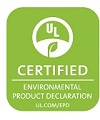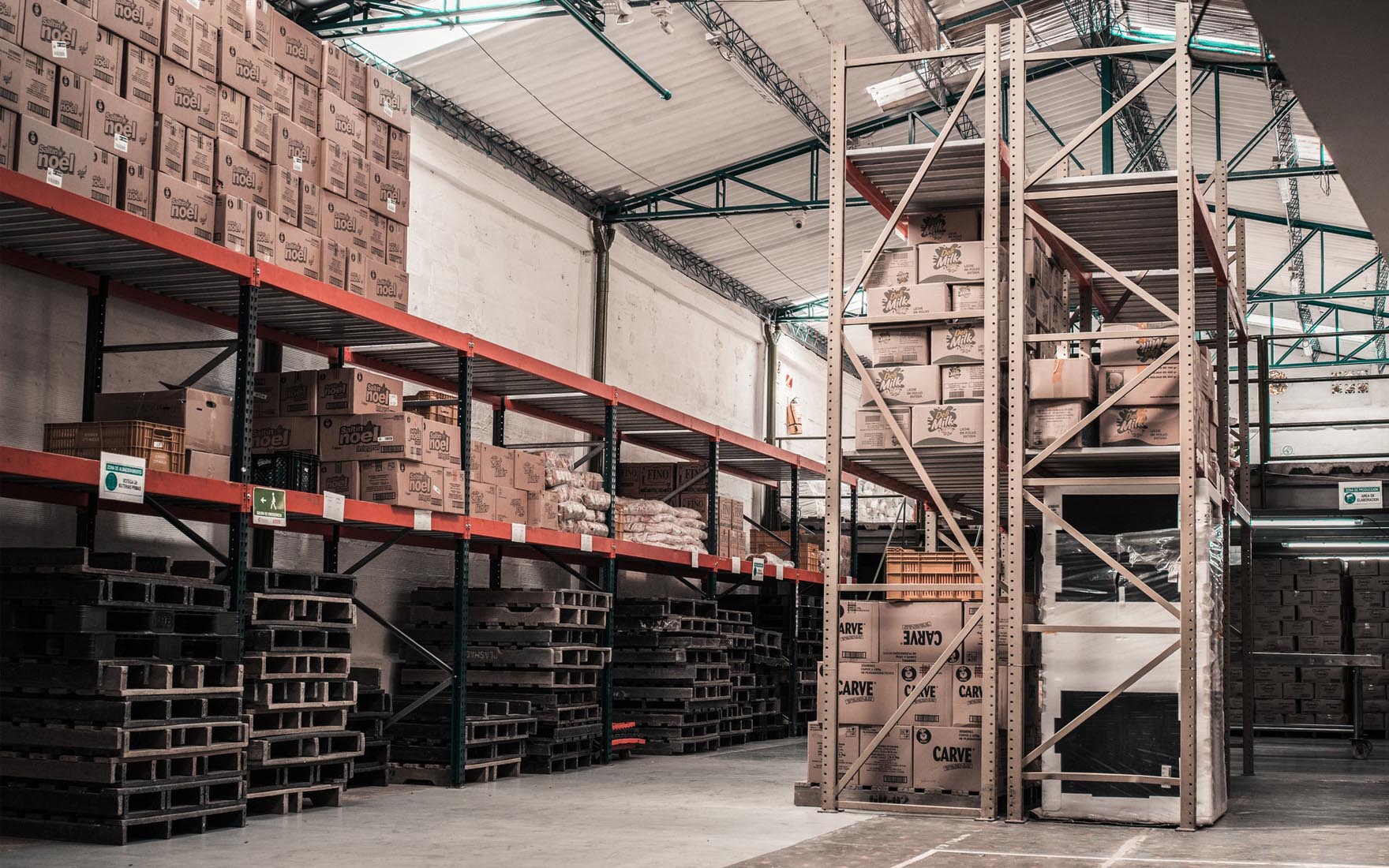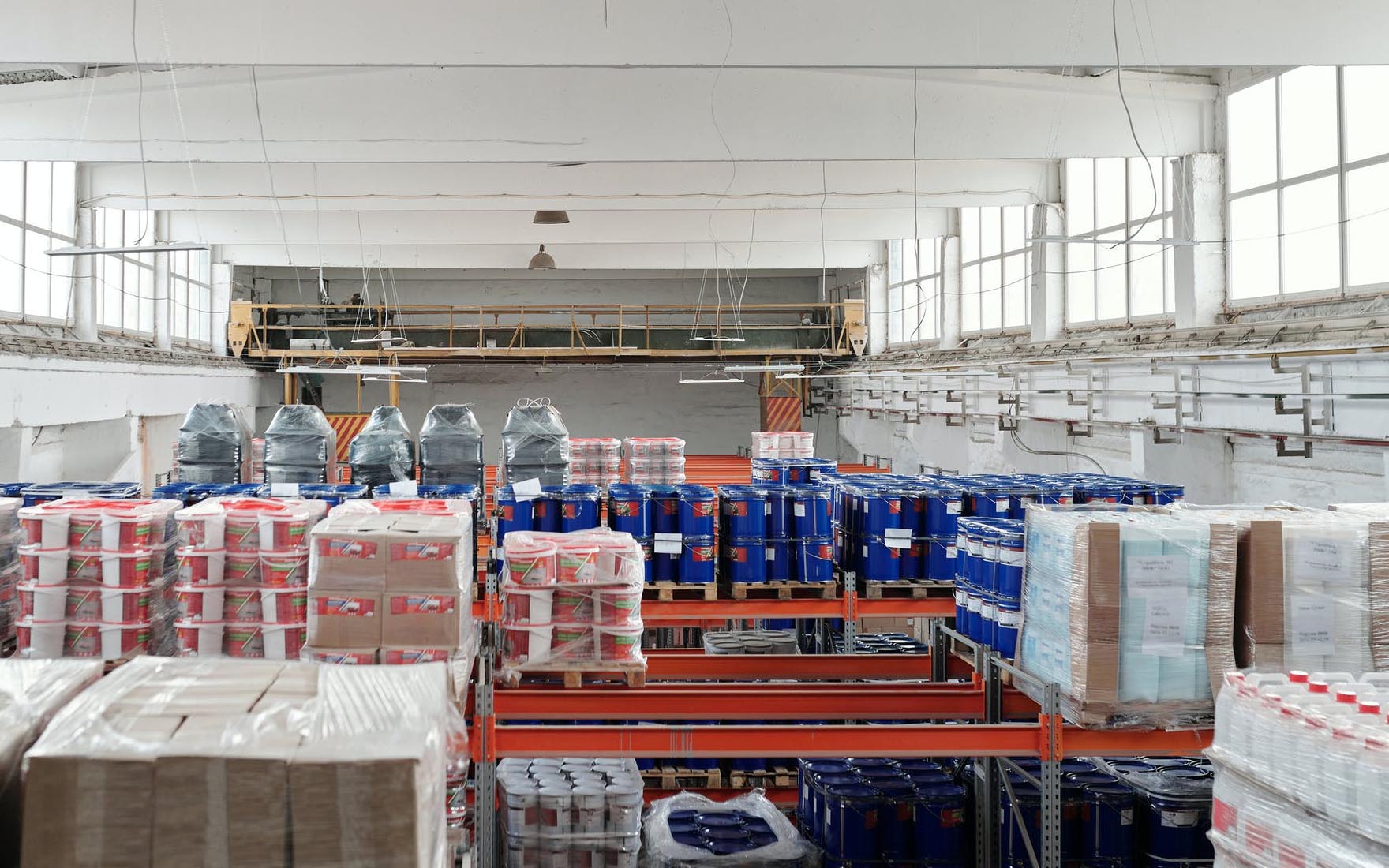THE PALLET FOUNDATION AND THE NATIONAL WOODEN PALLET & CONTAINER ASSOCIATION ARE PLEASED TO PRESENT AN ENVIRONMENTAL PRODUCT DECLARATION (EPD) FOR U.S. WOODEN PALLETS.
EPDs provide consumers with transparent and product-specific environmental information through independent certification.
When considering its life cycle, wooden pallets can have a potential net carbon positive impact. Through the unique properties of wood, carbon offsets may be achieved by the reuse of pallet materials and substituting wood fuel from pallet waste (e.g., unusable pallets) for natural gas.
The first of its kind in the distribution packaging space, this EPD includes Life Cycle Assessment (LCA) results for all stages of wooden pallets from cradle to grave, including production, use and end-of-life stages.
REPORT LINKS
- EPD Transparency Summary (UL)
- EPD Full Report (UL)
- LCA Report (US Forest Service, Forest Products Lab)
- Product Category Rule Guidance for Wooden Pallets
- Press Release (PR Newswire, 11/30/2020)
UL has certified the "Industry-Average Wooden Pallet EPD" with the recognized date of July 1, 2020. This certification signifies that the EPD is now in conformance with the stringent type III environmental declarations set by UL and the International Standards Organization.

According to ISO 14025: 2006
ISO 14040: 2006
ISO 14044: 2006
What the EPD for U.S. Wooden Pallets means for you
The National Wooden Pallet and Container Association, the largest organization of wood packaging professionals in the world, is reinforcing the environmental attributes of wooden pallets through the presentation of an Environmental Product Declaration.
This EPD document is another validation that wooden pallets are the way to go.
This EPD was validated by UL, a global leader in third-party EPD certification, and organized by NWPCA in conjunction with the Pallet Foundation and the U.S. Forest Service’s research wing, U.S. Forest Product Lab.
Not only is this EPD the first of its kind across all pallet and distribution packaging products, but it establishes wooden pallets as a leader of environmental stewardship and provides you, the end user, with a way to measure your own impacts when it comes to pallet usage.
The EPD for Wood Pallets quantifies the environmental impact of the wooden pallet industry – from beginning to end.
As you continue to evaluate ways to make your supply chain more sustainable and efficient, don’t forget one of the simplest solutions available – the wooden pallet.
- When making critical decisions about your supply chain, remember the results of this EPD and corresponding LCA. EPDs are a disclosure tool meant to help you better understand a product’s sustainable qualities and environmental repercussions so they can make more informed product selections.
- When considering its life cycle, wooden pallets can have a potential net carbon positive impact. Through the unique properties of wood, carbon offsets may be achieved by the reuse of pallet materials and substituting wood fuel from pallet waste (e.g., unusable pallets) for natural gas.
- Working hand-in-hand with eco-friendly warehouses, green logistics and other emissions reducing technologies, wooden pallets move the needle when it comes to making the supply chain both more sustainable and efficient.
- It’s now easier than ever to measure your supply chain’s impact on the environment with our carbon calculator tool. Based on the EPA Waste Reduction Model, this estimation helps purchasers justify using wooden pallets by indicating how much carbon they’re taking out of the environment and even equating it to cars taken off the road.
- Not only sustainable, wooden pallets are also the most customizable packaging solution on the market today. Our proprietary Pallet Design System™ software is a tool that combines product specification, engineering design, marketing and education within a software package designed solely for wooden pallets.
- We incorporate the latest data, engineering, and technologies which result from our continuous program of research and development.
- By using PDS, we can help you significantly reduce costs and product damage while increasing safety with each load your pallets carry.
How Was The EPD Created?
The U.S. Wooden Pallets EPD was spearheaded by the National Wood Pallet & Container Association (NWPCA) , an association which Pinnacle Logistics Systems is a proud member of, and The Pallet Foundation – in conjunction with Forest Products Lab, the research wing of the U.S. Forest Service.
The EPD was created through various industry expert surveys and first-hand research. It is certified by UL, a global leader in third-party EPD certification.
We have constantly reiterated to you that wood is truly Nature’s Packaging, but now, we can equip you with the quantifiable information that justifies choosing wooden pallets from here on out.
- The foundation of this EPD is a life cycle assessment (LCA), which measures the impacts of a wooden pallet’s product stages of gathering, transporting and manufacturing raw materials, use and repair of the pallet and its end-of-life usage.
- Last year, we worked alongside UL to develop Product Category Rules for wooden pallets that were the first of their kind for shipping materials and standardized how environmental impacts are determined.
- Earlier this year, an independent study conducted by Pennsylvania State University indicated that wooden pallets have a significantly lower carbon footprint than plastic pallets during their life cycle, measuring factors such as ozone layer depletion and ecotoxicity to global warming and non-renewable energy.
- More importantly, given the nature of plastic pallets and how they are produced, their carbon footprint is greatly increased from the start.
Why Is This Big?
Since the birth of the wooden pallet, our industry has touted the reusable, recyclable, and biodegradable qualities of the product. Data and research has been released that supports the notion that wood pallets and sustainable forestry has a positive impact on forest cover globally.
However, the industry has never had a certified document to stand behind that covers the entire spectrum of the environmental impact of a wooden pallet from cradle to grave – until now.
This EPD is the first of its kind in the distribution packaging space, and includes a Life Cycle Assessment (LCA) for all stages of a wooden pallet’s life cycle.
The EPD Life-Cycle Assessment shows that with proper disposal and recycling practices wooden pallets can be considered a carbon-neutral product. It also proves that repairing (reconditioning) a pallet or using harvested wood materials from tear-down pallets (remanufacturing) to build pallets is far more environmentally friendly than manufacturing a brand-new pallet.
In short, the wooden pallet is one of the simplest solutions available to making supply chains more sustainable and efficient.
These findings are extremely encouraging for the pallet industry and reinforce the importance pallet recycling plays in environmental sustainability.
Environmental Impact Broken Down By Stage
New Pallet Production
The Life-Cycle Assessment within the EPD revealed that the largest environmental and Global Warming Potential (GWP) impact occurred during the new pallet production stage of a wooden pallet’s life-cycle. This stage includes Raw Materials Supply, Transportation, and Manufacturing. Over 92% of the GWP of the pallet’s entire life-cycle can be attributed to this stage. The manufacturing step of this stage has the highest impact of any step – contributing 35% of a pallet’s total global warming impact. Most of the greenhouse gases (GHGs), that contribute to GWP, released were as a result of the sawing and (kiln) drying processes, which are part of the raw materials supply portion of the new product stage.
Reconditioning & Remanufacturing Pallets
When analyzing the repair and reuse stage of the pallet’s life-cycle, research shows that this stage only contributes 0.78 kg CO2 eq to GWP. This equates to only 7.5% of the total pallet’s life cycle contribution to GWP. This is a significantly lower impact than manufacturing a brand-new pallet – indicating that repairing or remanufacturing a pallet is a more sustainable and environmentally friendly option.
End-of-Life
When analyzing the end-of-life stages (Disposal and Recycling), research shows that proper recycling practices during these two stages can have a negative GW impact of -11.5 kg CO2e per FU.
Proper end-of-life recycling initiatives offset the GHG emissions for the entire pallet life-cycle – resulting in the potential for a carbon-neutral product.
Proper recycling practices featured in the end-of-life stages include: dismantling pallets for re-use (remanufacturing), grinding pallets for mulch, grinding pallets for animal bedding, and grinding pallets for energy use.
What The EPD Means For Wood Pallet Manufacturers
The EPD is a document that justifies the positive environmental impact wooden pallets can have on our planet and positions the product as the go-to green supply chain solution for shipping. We can also use the EPD to critically analyze the pallet industry and use it as a guide to a more sustainable future.
As a guide, the EPD should serve 3 key purposes for pallet manufacturers.
Purpose 1: Encourage Innovation in New Pallet Product Stage
As the Life Cycle Assessment shows, the new product manufacturing stage has the largest negative impact on our environment and GWP. While this is still lower than some other packaging and shipping options, we believe that with innovations in manufacturing that we can lower the impact of this stage even further.
Purpose 2: Encourage Reconditioned & Remanufactured Pallets
The significantly lower impact reconditioned and remanufactured pallets have on our environment compared to new pallets should encourage pallet manufacturers to offer these products to customers whenever possible. By harnessing the green benefits of reconditioned or remanufactured pallets, together with our customers we can ensure environmental sustainability and lower the overall emissions of greenhouse gasses.
Purpose 3: Prioritize an End-of-Life Strategy
One of the key findings in the EPD Life Cycle Assessment is that wooden pallets can be a carbon-neutral product if proper recycling and disposal practices are applied. This means that proper recycling and disposal practices can completely off-set all impact that the previous two stages (production and repair) have on the environment.
With these findings, it is imperative that pallet companies have a strategy in place that outlines the fate of a pallet once it reaches the end of its life.
What The EPD Means For Our Customers
The findings in the research published by the NWPCA and certified by UL have multiple impacts for our customers.
First and foremost, the research serves to prove that recycled pallets are a significantly more environmentally friendly solution than new pallets. Next, it serves to prove that wooden pallets overall are an environmentally friendly option for shipping solutions.
The research also serves to prove that working with Pinnacle Logistics Systems can enable organizations to reach their carbon-neutral goals more effectively. Our disposal and recycling protocols are second to none. We are industry leaders in all recycling and disposal protocols identified by the EPD to successfully offset the negative impact of a pallet’s lifecycle.
Last, the quantitative data featured in the EPD and LCA will enable us to offer even deeper insights into our recycling operations and the positive environmental impact we make together with our customers. These insights can then, in turn, enable our customers to use these efforts and our relationship to create points of difference within their own industries and sectors.
EPD LINKS
- EPD Transparency Summary (UL)
- EPD Full Report (UL)
- LCA Report (US Forest Service, Forest Products Lab)
- Product Category Rule Guidance for Wooden Pallets
- Press Release (PR Newswire, 11/30/2020)
RESOURCES
Carbon Calculator Tool: https://www.naturespackaging.org/en/tools/carbon-calculators
EPD Home: https://palletfoundation.org/portfolio-item/epd/
EPD Transparency Summary: https://palletfoundation.org/wpcontent/uploads/2020/08/EPD-summary-wood-pallets.pdf
EPD Full Report: https://palletfoundation.org/wp-content/uploads/2020/08/EPD-reportwood-pallets.pdf
Life Cycle Assessment: http://palletcentral.uberflip.com/i/1310254-life-cycle-assessmentof-wooden-pallet-production
Nature’s Packaging®: https://www.naturespackaging.org
Pallet Design System™ software: https://palletdesignsystem.com
Penn State Study on wooden and plastic pallets:
https://news.psu.edu/story/606589/2020/02/03/research/wooden-or-plastic-pallets-which-are-more-eco-friendly
Product Category Rule Guidance for Wooden Pallets, UL Environment Standard:
https://palletfoundation.org/ul-publishes-first-product-category-rule-for-wooden-pallets/
UL environment: http://www.ul.com






